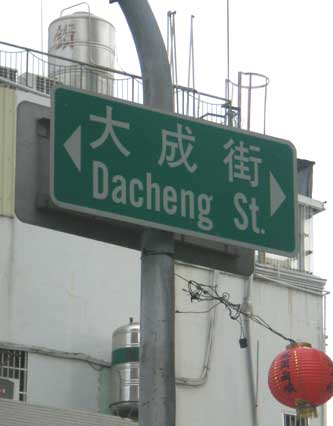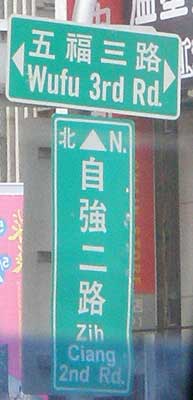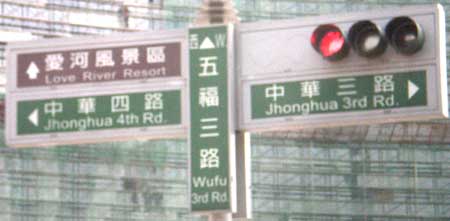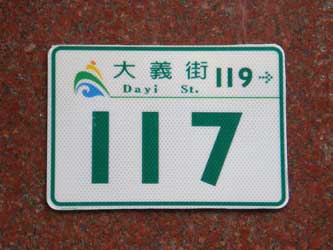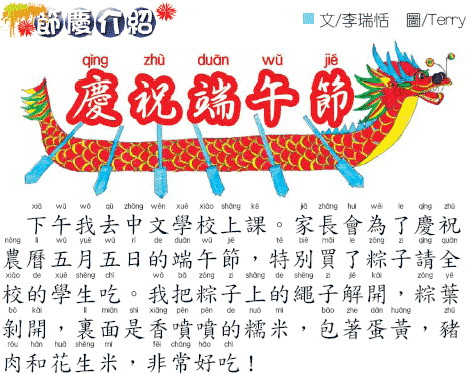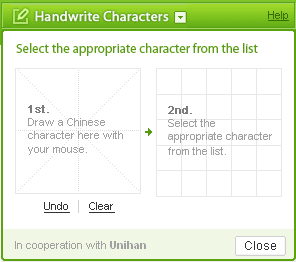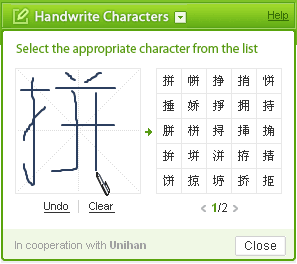As my friend Tian of Hanzi Smatter continues to document, some people, Westerners especially, remain keen on having themselves tattooed with Chinese characters — even if they can’t read them. I doubt, though, that many are aware of China’s historical traditions in tattooing. As Carrie E. Reed notes in Early Chinese Tattoo (2.9 MB PDF), which is the latest reissue from Sino-Platonic Papers, “it appears that the practice of tattoo (other than the penal use) never achieved any level of general acceptance or widespread use among most parts of ancient Chinese society of any era.”
Yes, penal use: In early China tattooing was a common way of branding criminals. Often such tattoos were standard designs, such as circles. But sometimes they contained text.
Here’s something from Reed’s discussion of the Yuan dynasty’s legal code:
In the section on illicit sexual relationships we read that, in general, on the first offense the adulterous couple will be separated, but if they are “caught in the act” a second time, the man (it is not clear if the woman is tattooed as well) will be tattooed on the face with the words “committed licentious acts two times” (犯姦二度) and banished. Numerous examples are given to illustrate this type of punishment.
Reed examines and translates many texts describing tattoos.
Some of the terms encountered in these early texts are (with a literal translation given in parentheses) qing 黥 (to brand, tattoo), mo 墨 (to ink), ci qing 刺青 (to pierce [and make] blue-green), wen shen 文身 (to pattern the body), diao qing 雕青 (to carve and [make] blue-green), ju yan 沮顏 (to injure the countenence), wen mian 文面 (to pattern the face), li mian 剺面 (to cut the face) , hua mian 畫面 (to mark the face), lou shen 鏤身 (to engrave the body), lou ti 鏤體 (same), xiu mian 繡面 (to embroider [or ornament] the face), ke nie 刻涅 (to cut [and] blacken), nie zi 涅字 (to blacken characters) ci zi 刺字 (to pierce characters), and so on. These terms are sometimes used together, and there are numerous further variations. In general, if the tattooing of characters (字) appears in the term, it refers to punishment, but this is certainly not true in every case. Likewise, if a term literally meaning “to ornament” or “decorate” is used, it does not necessarily mean that the tattoo was done voluntarily or for decorative purposes.
All of the types of tattoo, except perhaps for the figurative and textual, are usually described as inherently opprobrious; people bearing them are stigmatized as impure, defiled, shameful or uncivilized. There does not ever seem to have been a widespread acceptance of tattoo of any type by the “mainstream” society; this was inevitable, partly due to the early and long-lasting association of body marking with peoples perceived as barbaric, or with punishment and the inevitable subsequent ostracism from the society of law-abiding people. Another reason, of course, is the Confucian belief that the body of a filial person is meant to be maintained as it was given to one by one’s parents.
This was first published in June 2000 as issue no. 103 of Sino-Platonic Papers. Although the work contains no illustrations, it does feature copious translations of texts describing tattoos or relating tales about them.

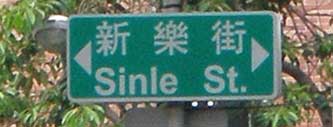 During an extremely brief trip a few weeks ago to
During an extremely brief trip a few weeks ago to 